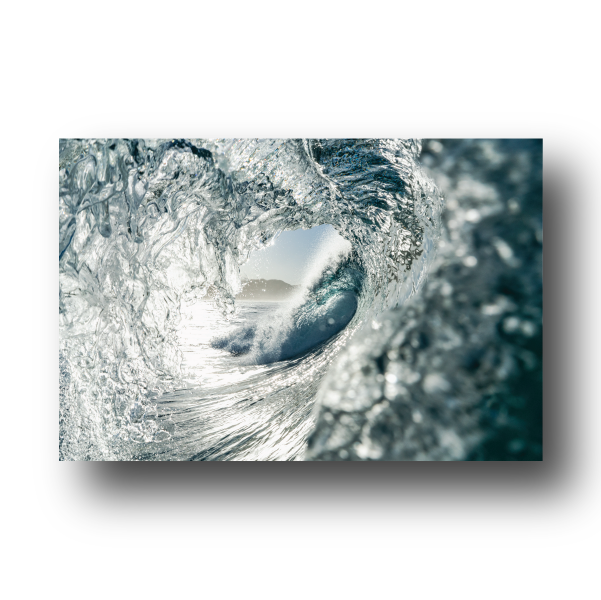Before digital maps, road tripping was an exploration into the unknown. Unfolding like treasure maps, paper maps embodied the thrill of getting lost an integral part of the adventure. Google Maps, while undoubtedly efficient, has replaced the gut punch of taking that wrong turn, rerouting us away from the unexpected hidden gems. Now, in the era of instant gratification and digital navigation, the once-beloved art of road tripping has undergone a transformation, leaving us to question whether the convenience of Google Maps has inadvertently stripped away the soulful essence of the journey.
Before we dive deeper, let me first, just say, I still use Google Maps everyday to get around, but I do recall the times when my Grandpa and Dad road tripped from California to the Midwest and driving to-and-from different swim meets with my Mom that we either had hand drawn maps, printed directions, or nothing at all.
So, what have we lost by using Google Maps?
The open road through the windshield of the van window. Photo by Dalton Johnson
1. Digital Detours vs. Serendipitous Discoveries:
Google Maps' precise navigation can be a double-edged sword. While it efficiently guides us to our destinations, it also eliminates the chance for serendipitous discoveries. The quirky roadside diner, the scenic overlook not marked on the map—these hidden gems are casualties of a journey overly reliant on the guidance of technology.
2. Disconnecting from the Journey:
As the soothing voice of Google Maps directs every turn, there's a risk of disconnecting from the journey itself. The constant focus on the screen can overshadow the scenic landscapes passing by, the stories etched in small towns, and the laughter shared in the confines of a car. The road trip becomes more about reaching the destination efficiently than about savoring the moments along the way.
3. The Erosion of Navigational Skills:
In the days before turn-by-turn directions, road trippers relied on a combination of maps, intuition, and local advice. The art of navigating became a skill, an interactive dance with the landscape. With Google Maps leading the way, there's a concern that the once-common ability to read a map and navigate without technology may be eroding.
4. Overlooking Local Wisdom:
One of the charms of road tripping was engaging with locals for directions and recommendations. Google Maps, while efficient, may bypass the invaluable insights that locals provide. The art of striking up a conversation with a gas station attendant or asking for directions becomes a lost opportunity for cultural exchange and discovering hidden gems known only to those who call the area home.
5. Trading Spontaneity for Predictability:
Road trips were synonymous with spontaneity—taking an unexpected turn, exploring a detour, and embracing the unpredictable. Google Maps, in its quest for efficiency, can inadvertently trade the spontaneity of the open road for the predictability of the prescribed route.
If it wasn’t for a local, we would have driven right past Valley of the Gods. Photo by Dalton Johnson
While Google Maps has undeniably revolutionized the way we navigate and travel, it is essential to acknowledge the potential impact on the art of road tripping. The challenge lies in finding a balance, leveraging technology for efficiency while preserving the essence of the journey—the joy of the unknown, the thrill of exploration, and the unscripted stories waiting to be discovered on the open road.








